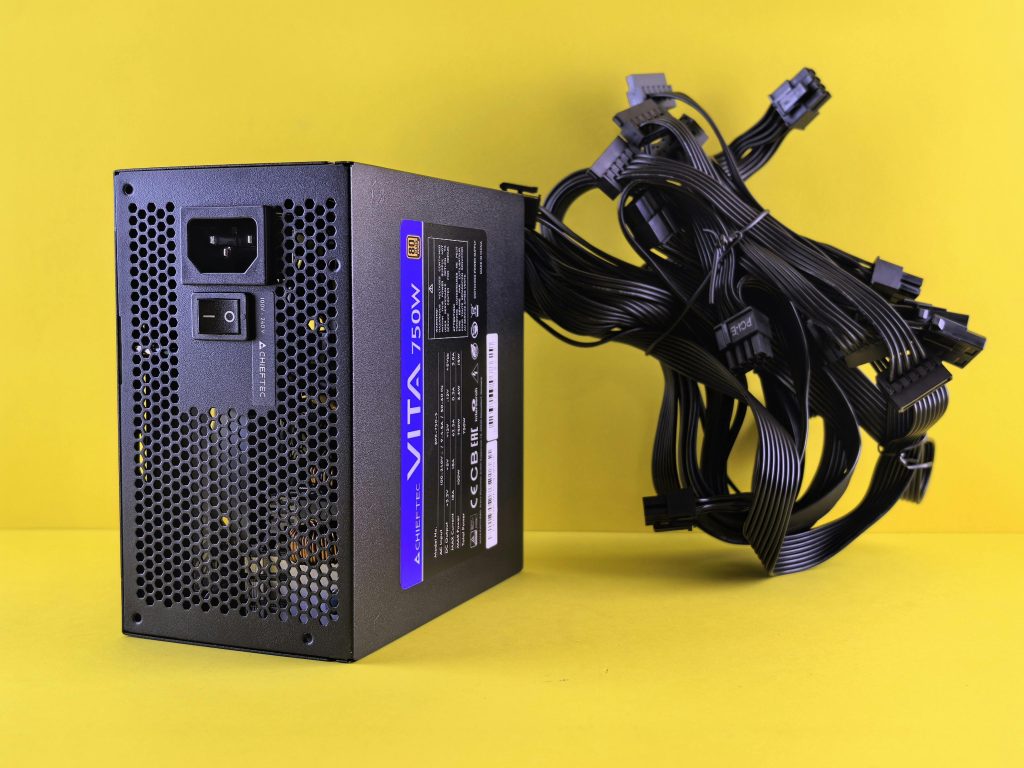Troubleshooting the ‘Failed to Extract Native Libraries, res=-113’ Error on Android Devices
In today’s technologically advanced world, smartphones are more than just a means to make calls; they’re portable entertainment systems, containing everything from essential productivity tools to the latest immersive games. But as smartphone technologies update and evolve, so too does the complexity of managing apps on these devices. A particularly common yet frustrating issue that sometimes arises is the ‘Failed to extract native libraries, res=-113’ error, often encountered by users trying to run or install applications. In this blog post, we’ll explore what this error message means, why it occurs, and how you might resolve it.
Understanding the Error: ‘Failed to Extract Native Libraries, res=-113’
Android, the predominant mobile operating system powering billions of devices worldwide, constantly undergoes updates to enhance its performance, security, and user experience. With each iteration, the structure and management of applications may change, leading to unforeseen compatibility issues with certain apps. The error message, ‘Failed to extract native libraries, res=-113,’ specifically refers to a problem where the system is unable to extract or verify native libraries necessary for the app to run.
What Are Native Libraries?
Native libraries are compiled code typically written in C or C++, which provide additional functionality to applications by utilizing the underlying hardware capabilities of the device more efficiently than purely bytecode-compiled elements. These libraries are crucial for performance-intensive applications, like games, which require direct access to hardware features without the overhead of interpreted languages.
Relevance of the Error Code -113
The ‘-113’ in the error message is an error code conveyed by the Android package manager. This code signifies a failure in the installation or update process stemming from an issue with extracting or linking the native libraries the app depends on.
Common Causes of the Error
Several factors may contribute to this issue, especially in newer devices or operating system versions like Android 15, as seen in the case of the Samsung S25+ smartphone mentioned in the earlier Reddit post. Let’s consider a few reasons why this error might occur:
1. Operating System Compatibility
As Android lifts its version numbers with updates, backward compatibility can become an issue for older applications. If an app isn’t updated to accommodate the latest Android changes, especially its native library layers, you may see this error.
2. Application Signature Issues
Every official Android app comes with a uniquely generated signature. If there’s any alteration in the app’s APK file that affects its integrity, the device’s package manager might prevent it from being installed or updated, especially when integrity checks fail.
3. Storage or Disk Space Concerns
If there’s insufficient storage space on the device, it might hinder the ability to appropriately extract and deploy native libraries required by the app, especially if the app or game utilizes large libraries.
4. CPU Architecture Mismatch
Many Android applications are built to function with specific CPU architectures, like ARM, ARM64, or x86. If an app was built for one architecture but attempts to run on a device with a different architecture without appropriate libraries, the error is likely.
Steps to Resolve the Error
Once you’ve identified potential reasons for the issue, the next step is to determine solutions that can be applied. Here we explore some tactics to eradicate or circumvent this error:
1. Update the Application
The first line of defense when facing compatibility issues is to ensure that both your Android OS and the problematic application are up to date. Developers frequently release updates to address new OS compatibility, optimize performance, or resolve security vulnerabilities.
How to Update:
- Navigate to the Google Play Store.
- Search for the app in question.
- If an update is available, the ‘Update’ button will be visible. Click it to begin the process.
Pro-Tip: Turn on automatic updates to ensure that your apps stay current.
2. Ensure Sufficient Storage Space
Verify that your device has enough free storage space to handle the extraction and installation of libraries. Clear cache or delete unnecessary files and apps to free up space if needed.
Steps to Clear Storage:
- Go to ‘Settings’ > ‘Storage’.
- Select ‘Free up space’ or manage individual app caches and files.
3. Verify Device Architecture Compatibility
Check if the app version is compatible with your device’s CPU architecture. You may need to download an appropriate version of the app that aligns with your device’s hardware.
Checking Your Device’s Architecture:
- Download and install a System Info app from Google Play Store.
- Run the app, which will give you detailed information about your device hardware.
4. Utilize Development Tools
Tools like Shizuku, as you mentioned, can sometimes assist in resolving deeper compatibility issues. Shizuku operates by creating a local service for applications to connect to system APIs that usually require higher privileges. Proceed with caution as changes made can sometimes affect the overall system performance.
5. Reinstall the Application
Sometimes, reinstallation can resolve weird glitches or corrupt files. Make certain to clear any remnants of the failed attempt before commencing a fresh installation.
Steps to Reinstall:
- Uninstall the current app version.
- Clear any remaining data via ‘Settings’ > ‘Apps’ > ‘App Name’ > ‘Clear Data’.
- Download and install the desired app again.
6. Consult Community Forums and Support
Leverage community forums, such as Reddit or specialized developer communities, where both enthusiasts and developers converge to share solutions. If you’re facing a persistent issue, someone else might have found a workaround.
Wrapping Up
The ‘Failed to extract native libraries, res=-113’ error can be disheartening, especially when it hinders access to your favorite apps or games. While modern smartphones like the Samsung S25+ offer cutting-edge features and capabilities, navigating compatibility issues with specific applications hinges on understanding both hardware and Software intricacies.
Ultimately, staying proactive by ensuring app updates, optimizing storage, and aligning with proper architectures will aid in minimizing such errors. For deeper issues, community resources can prove invaluable, offering insights and workarounds until official fixes are released.
Technology moves quickly, and with a blend of patience, investigation, and these outlined strategies, you can usually resolve most app-related conundrums—keeping your trusted smartphone as enjoyable and efficient as intended.
Finally, always remember that while unofficial solutions can sometimes work, they can potentially affect the device system. Therefore, proceed with care and possibly consider professional technical support if issues persist.
Have a great day, and enjoy a seamless and error-free mobile experience!
Share this content:




Response to ‘Failed to Extract Native Libraries, res=-113’
Thank you for exploring the intricacies of the ‘Failed to extract native libraries, res=-113’ error. This issue can be notoriously tricky, but understanding its root causes really does help in troubleshooting.
Additional Considerations:
Aside from the factors you’ve mentioned, it’s worth checking if:
Device Logs:
For developers or more technical users, utilizing Android Logcat can provide insights into what happens at the system level when the error occurs. This can help identify if additional dependencies are failing or if there’s a misconfiguration.
Testing on a Different Device:
If possible, test the application on a different device that matches or closely resembles
Hi there,
Thank you for sharing this detailed overview of the Error Code -113 related to native libraries on Android devices. This type of issue can indeed be quite frustrating, but there are several troubleshooting steps that might help you resolve it: